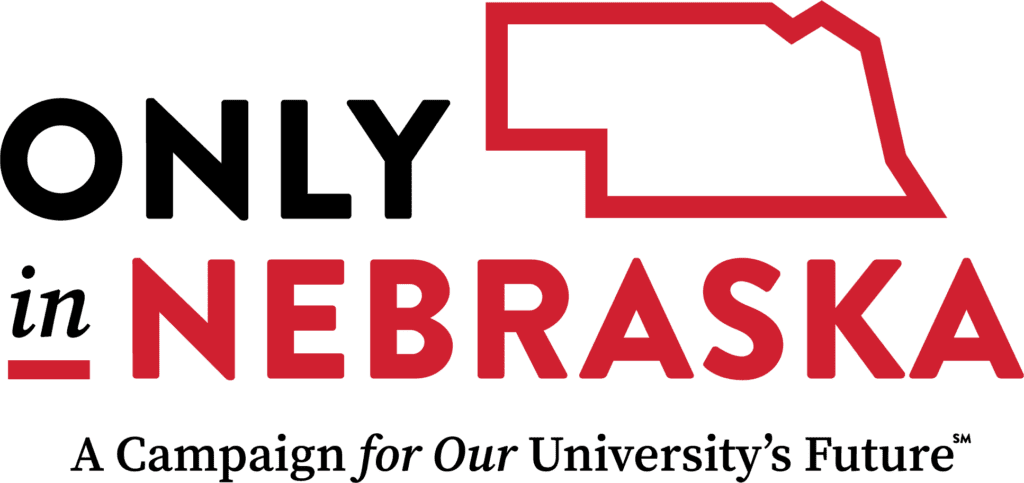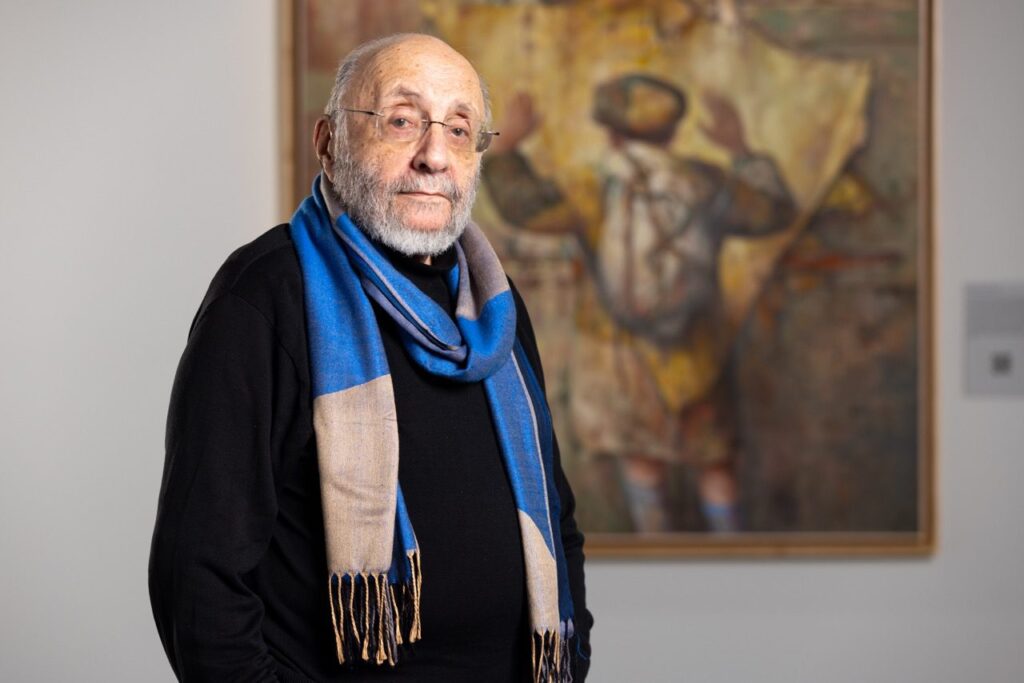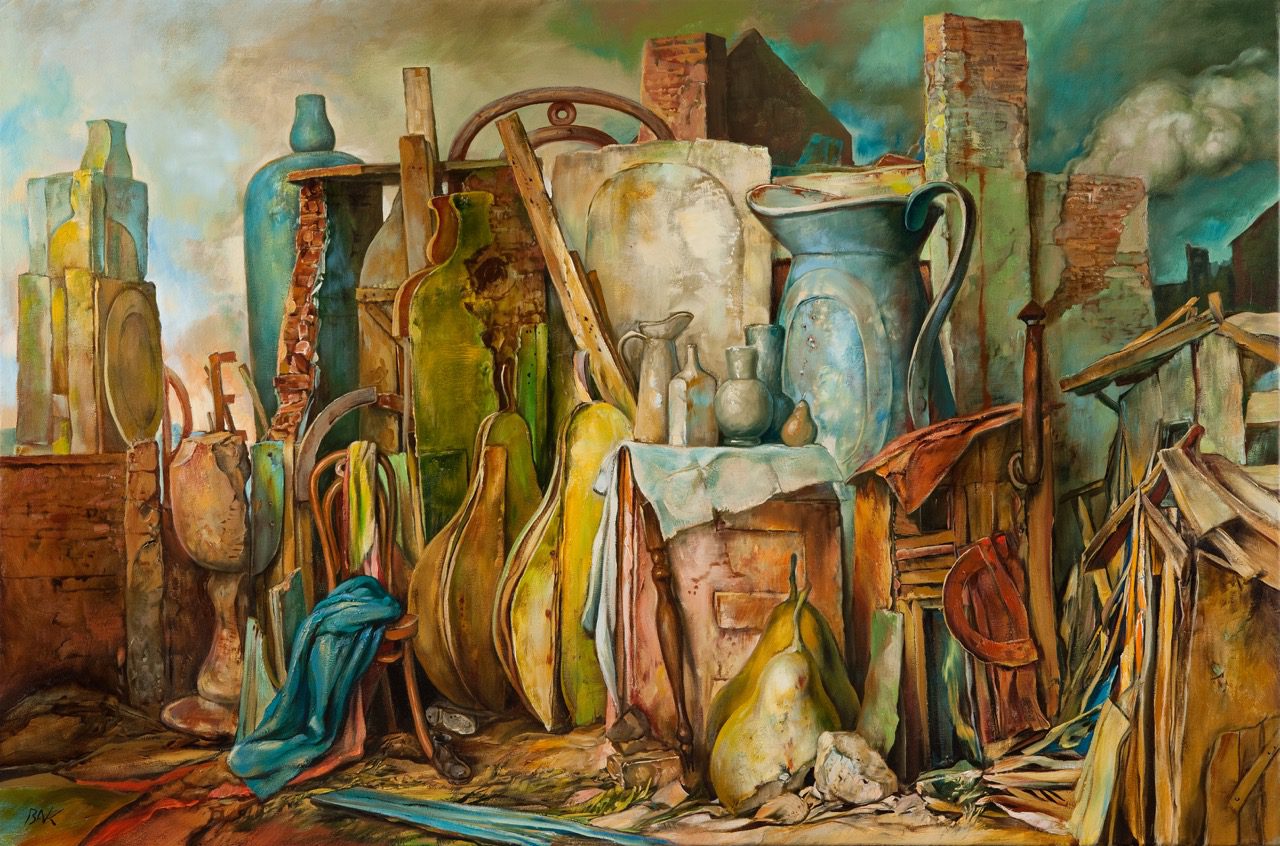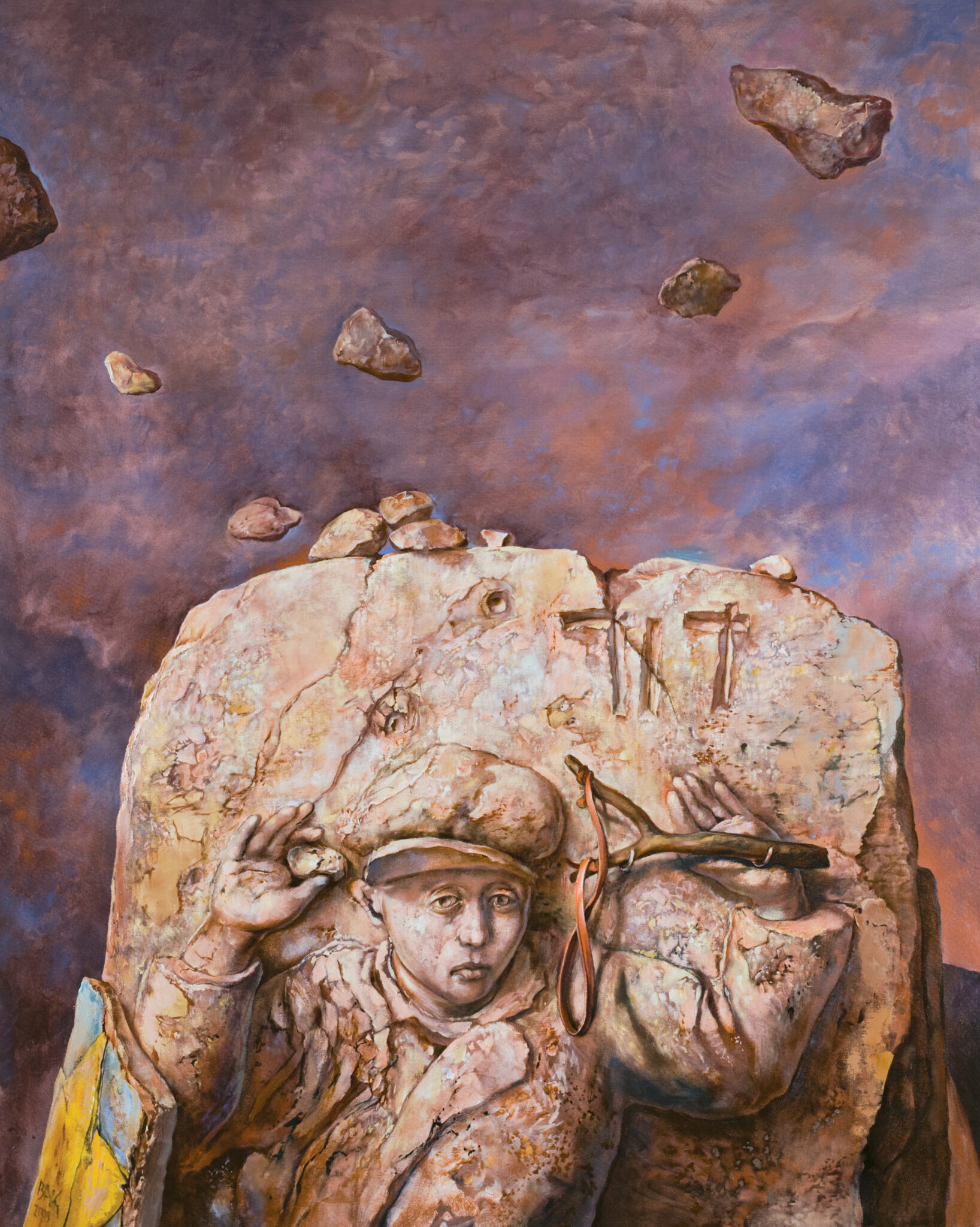Bak’s work is particularly valuable as a teaching tool. His use of symbolism provides the viewer with a means to absorb difficult subject matter.
“They are windows into an alternate reality,” Bak said. “And in that reality, what they see are remains of a world that once existed and remains that have tried to reconstruct, somehow.”
Mark Celinscak, executive director of the Sam & Frances Fried Holocaust & Genocide Academy at UNO, has long recognized the value of Bak’s work in education.
“The art of Samuel Bak helps teachers and students make important connections between history and the moral choices they confront in their own lives,” Celinscak said.
Celinscak had incorporated Bak’s work into his curricula for years when he began a quest to bring the artist and his work to Omaha. In 2019, Witness: The Art of Samuel Bak drew approximately 4,500 visitors, including more than 2,000 middle and high school students, over its three-month run.
Moved by the response to his exhibit, Bak gifted a massive collection of his work — 512 pieces that span several decades — to UNO. And in February, Samuel Bak Museum: The Learning Center opened with a curated exhibit of his work and a series of events that welcomed 600 students, faculty and community members.
The museum is currently housed in a temporary space in Aksarben Village, but the goal is to find a permanent home for Bak’s collection on campus. It’s an ambition that will require private investment. The move is being led by a veteran of development, public administration and museum leadership, Hillary Nather-Detisch, who was hired as executive director in July 2022.
“The vision is a space where we talk about social justice, human rights, the Holocaust and genocide,” Nather-Detisch said. “It’s a conversation starter.” Nather-Detisch said the museum will bring people together to tackle hard questions about the nature of humanity, our shared history and our present. She envisions it as a versatile tool for educators that inspires hope despite the darkness of its subject matter.








